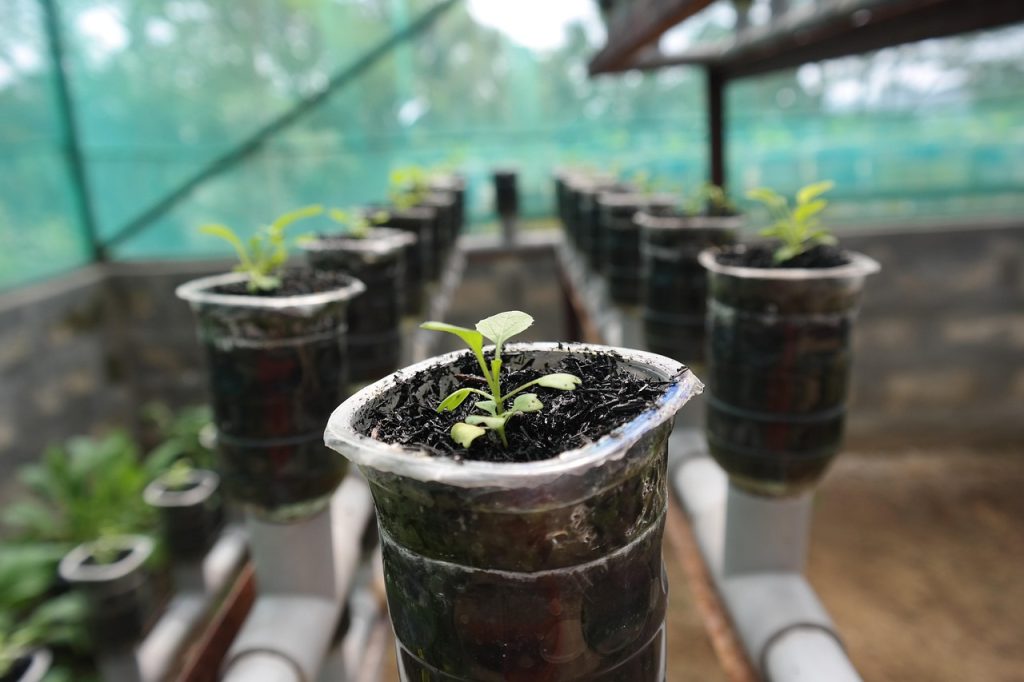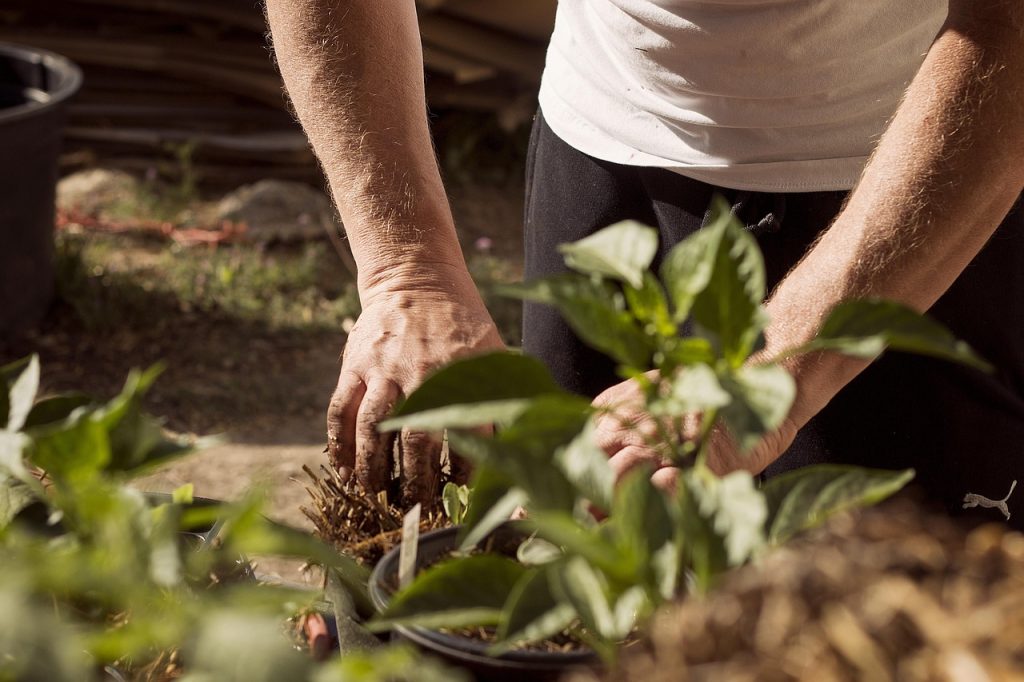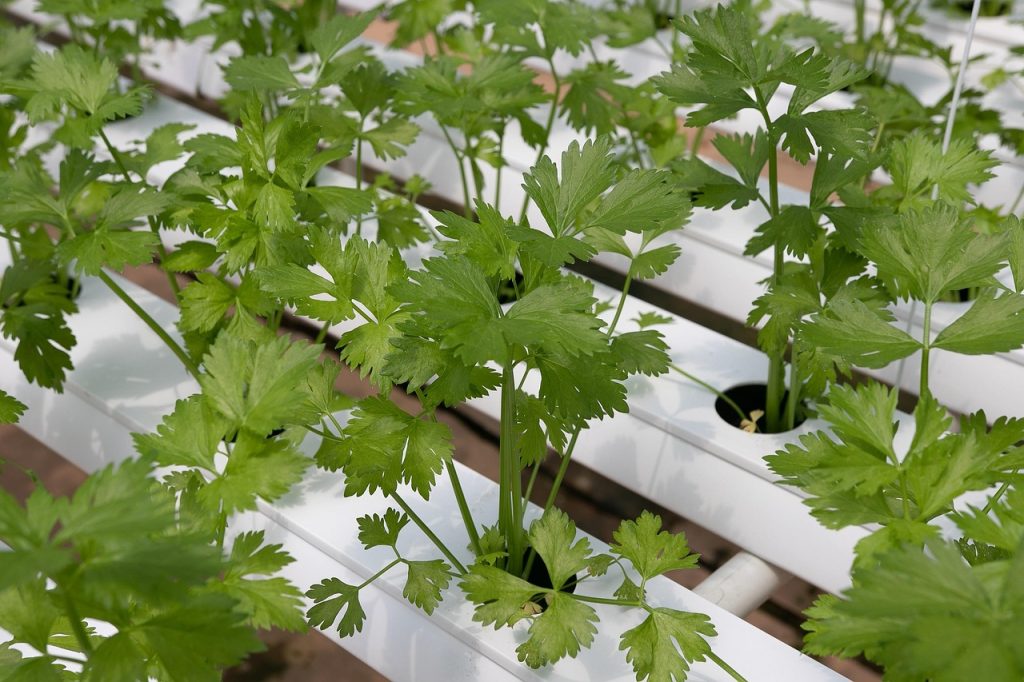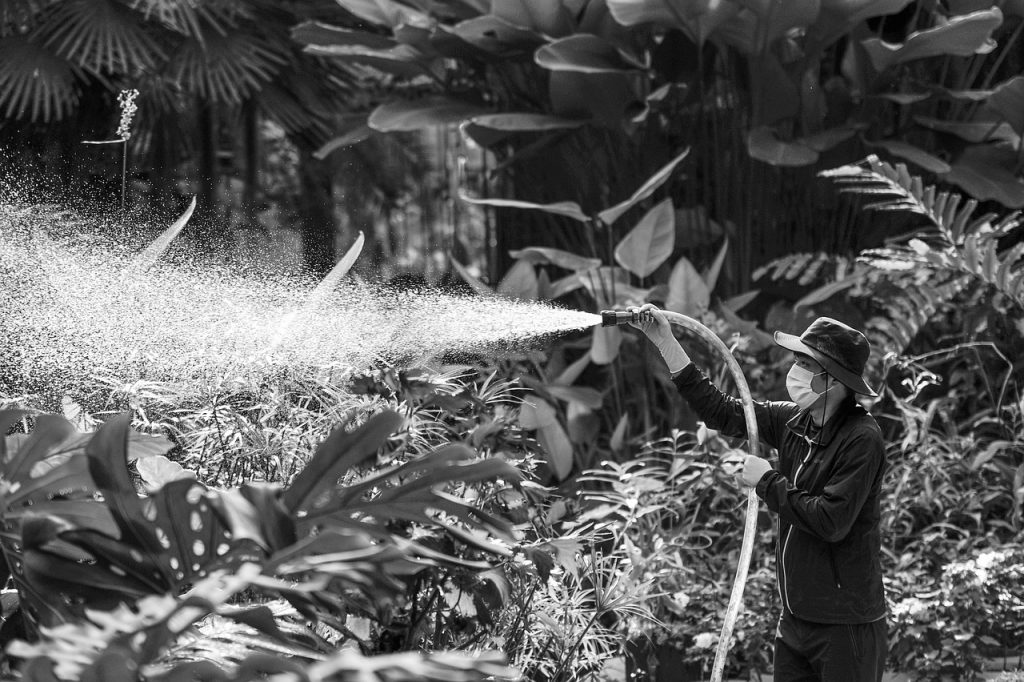Outdoor hydroponic gardening is a soil-free method of growing plants using nutrient-rich water, tailored for outdoor environments. It combines the precision of hydroponics with the natural benefits of sunlight and open air. This innovative approach is gaining traction among gardeners seeking faster growth, higher yields, and sustainable practices. Unlike traditional gardening, it eliminates soil-related challenges, making it ideal for urban spaces or areas with poor soil quality. Its popularity stems from water efficiency, space-saving designs, and the ability to grow fresh produce year-round in many climates.
Whether you’re a beginner curious about hydroponics or an experienced grower looking to expand outdoors, this guide covers everything you need to know. From system types to crop selection, setup, and troubleshooting, we’ll walk you through the essentials of outdoor hydroponic gardening with practical, actionable advice.

How Outdoor Hydroponic Gardening Works
Outdoor hydroponic gardening relies on delivering nutrient-rich water directly to plant roots, using sunlight as the primary energy source. Unlike soil gardening, plants grow in inert mediums like perlite, coconut coir, or directly in water. The system circulates water mixed with nutrients, ensuring plants get exactly what they need for rapid growth.
Key Components
- Water: The foundation of hydroponics, acting as the medium to deliver nutrients.
- Nutrients: Liquid or powdered solutions containing essential minerals like nitrogen, phosphorus, and potassium.
- Sunlight: Outdoor systems harness natural sunlight, reducing energy costs compared to indoor setups.
- System Types: Various setups like Nutrient Film Technique (NFT), Deep Water Culture (DWC), drip systems, and Kratky method cater to different needs and skill levels.
Differences from Indoor Systems
Outdoor hydroponics differs from indoor systems due to its reliance on natural elements. Indoor setups use grow lights and climate control, while outdoor systems depend on sunlight and weather. This makes outdoor systems cost-effective but more vulnerable to environmental factors like rain, wind, or temperature swings. Outdoor setups also require weather-resistant materials and careful placement to optimize sunlight exposure.
Best Outdoor Hydroponic Gardening Systems
Choosing the right system is crucial for successful outdoor hydroponic gardening. Here are the top systems suited for outdoor use, each with unique benefits.
Nutrient Film Technique (NFT)
NFT systems use a shallow stream of nutrient-rich water that flows through channels, bathing plant roots. Ideal for leafy greens and herbs, NFT is lightweight and scalable.
- Pros: Efficient water use, easy to scale for larger gardens.
- Cons: Requires constant water flow, sensitive to power outages.
- Best for: Experienced growers with reliable electricity.
Deep Water Culture (DWC)
In DWC, plant roots are submerged in oxygenated, nutrient-rich water. Air pumps ensure roots get enough oxygen, promoting rapid growth.
- Pros: Simple to set up, great for beginners, supports larger plants like tomatoes.
- Cons: Needs electricity for air pumps, can overheat in direct sunlight.
- Best for: Beginners and intermediate growers.
Drip Systems
Drip systems deliver nutrient solution to plant roots through tubes and emitters. They’re versatile and work well for a variety of crops.
- Pros: Precise nutrient delivery, adaptable to different plant sizes.
- Cons: Prone to clogging, requires regular maintenance.
- Best for: Growers with mixed crop types.

Kratky Method
The Kratky method is a passive, non-electric system where plants sit in a static nutrient solution, with roots partially exposed to air.
- Pros: No electricity needed, low cost, ideal for beginners.
- Cons: Limited to small plants, requires frequent nutrient top-ups.
- Best for: Beginners or small-scale setups.
| System Type | Skill Level | Electricity Needed | Best Crops |
|---|---|---|---|
| NFT | Intermediate | Yes | Leafy greens, herbs |
| DWC | Beginner | Yes | Tomatoes, lettuce |
| Drip | Intermediate | Yes | Mixed crops |
| Kratky | Beginner | No | Small herbs, lettuce |
Ideal Crops for Outdoor Hydroponic Gardening
Outdoor hydroponic gardening supports a wide range of crops, thriving in nutrient-rich water and abundant sunlight. Here are the best choices:
- Leafy Greens: Lettuce, spinach, kale, and arugula grow quickly and require minimal space.
- Herbs: Basil, cilantro, parsley, and mint flourish in hydroponic systems.
- Fruiting Crops: Tomatoes, cucumbers, and peppers thrive in DWC or drip systems, though they need sturdy support.
- Strawberries: Compact and productive, perfect for NFT or drip systems.
Avoid root vegetables like carrots or potatoes, as they’re less suited for hydroponic setups due to their growth patterns. Focus on crops with shallow root systems for best results.
Setup Guide
Setting up an outdoor hydroponic garden requires careful planning to ensure plants thrive. Follow these steps to create a successful system.
Choosing the Right Location
- Sunlight: Select a spot with 6–8 hours of direct sunlight daily. South-facing areas are ideal in the Northern Hemisphere.
- Wind Protection: Shield systems from strong winds using fences, walls, or windbreaks to prevent tipping or damage.
- Accessibility: Ensure easy access to water, electricity (if needed), and space for maintenance.
Water Source and Nutrient Delivery
- Water Source: Use a clean, reliable water source like a garden hose or rainwater collection system. Test water pH (ideal range: 5.5–6.5).
- Nutrient Solution: Purchase pre-mixed hydroponic nutrients or mix your own, following manufacturer guidelines. Store nutrients in a cool, shaded area.
- Delivery System: Use pumps for NFT, DWC, or drip systems, or a simple reservoir for Kratky. Ensure tubing and emitters are clog-free.

Containers and Support Structures
- Containers: Use food-grade plastic reservoirs or buckets for DWC and Kratky. PVC pipes or channels work for NFT.
- Support Structures: Install trellises or cages for climbing plants like tomatoes or cucumbers. Ensure structures are weather-resistant.
- Growing Medium: Choose inert mediums like clay pebbles, perlite, or coconut coir to anchor roots.
Read More: Can I Use Garden Soil for Outdoor Potted Plants
Pros and Cons of Outdoor Hydroponic Gardening
Pros
- No Soil Needed: Eliminates soil-borne diseases and weeds.
- Faster Plant Growth: Nutrient-rich water promotes quicker growth than soil.
- Less Space Required: Ideal for small yards, balconies, or urban spaces.
- Easier Pest Control: Elevated systems reduce soil pest issues.
- Water Efficient: Uses up to 90% less water than traditional gardening.
Cons
- Higher Initial Cost: Pumps, reservoirs, and nutrients require upfront investment.
- Weather Dependency: Rain, heat, or cold can disrupt systems.
- System Monitoring Required: Regular checks for pH, nutrient levels, and clogs are essential.
- Power Needs: Most systems rely on electricity for pumps or timers.
Maintenance & Troubleshooting
Maintaining an outdoor hydroponic system ensures healthy plants and consistent yields. Here are key tasks and solutions to common issues.
Algae Control
Algae thrive in nutrient-rich water exposed to sunlight. Cover reservoirs with opaque materials or use dark containers to block light. Clean systems regularly to remove algae buildup.
pH Balancing
Test water pH weekly using a digital pH meter. Adjust pH up or down solutions to maintain the 5.5–6.5 range. Incorrect pH can lock out nutrients, stunting growth.
System Checks
- Inspect pumps, tubing, and emitters for clogs or leaks.
- Monitor nutrient levels and top up as needed.
- Check for root rot or pests, especially in warm, humid conditions.
| Issue | Cause | Solution |
|---|---|---|
| Algae Growth | Sunlight on water | Use opaque covers |
| Nutrient Deficiency | Incorrect pH or low nutrients | Test pH, adjust nutrients |
| Clogged Emitters | Debris in system | Flush with clean water |

FAQs
Yes, in mild climates with temperatures between 60–85°F (15–29°C), outdoor hydroponics is viable year-round. In colder regions, use protective covers or move systems to a greenhouse during winter.
The best system depends on your skill level and crops. Beginners should try the Kratky method for its simplicity and no electricity needs. NFT or DWC suits intermediate growers for leafy greens or larger plants.
Most systems (NFT, DWC, drip) require electricity for pumps or timers. The Kratky method is an exception, making it ideal for off-grid setups.
Use rain covers, tarps, or transparent roofing to shield systems from excess water, which can dilute nutrients. Ensure good drainage to prevent flooding.
Most crops need 6–8 hours of direct sunlight daily. Partial shade may work for leafy greens, but fruiting crops like tomatoes require full sun.
Regularly check pH, nutrient levels, and system components. Clean reservoirs to prevent algae and inspect for clogs or leaks.
Conclusion
Outdoor hydroponic gardening provides a sustainable and efficient method for growing fresh produce without the need for soil. With systems like NFT, DWC, drip, or Kratky, you can cultivate leafy greens, herbs, and fruiting crops in small spaces with less water. While it requires an initial investment and regular maintenance, the benefits, faster growth, higher yields, and easier pest control, make it worthwhile. Start with a simple Kratky or DWC system to learn the ropes, then scale up as you gain confidence. Embrace the challenge, and enjoy the rewards of fresh, homegrown food from your outdoor hydroponic garden!